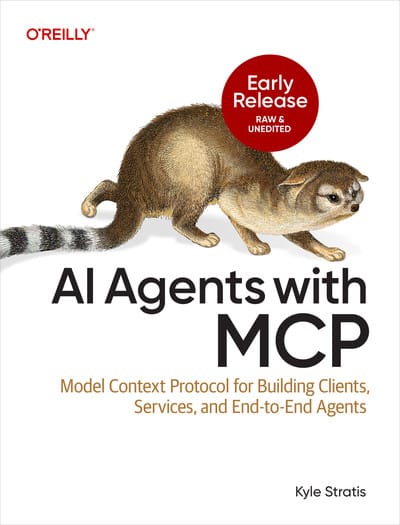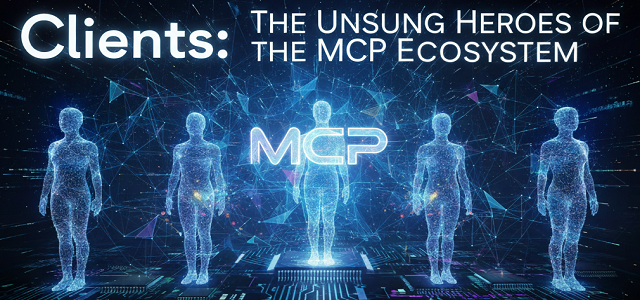Big News Roundup

I picked one hell of a week (or several) to be heads-down. Between writing new chapters and updating old ones for AI Agents with MCP, finishing my slides and project for my virtual workshop at ODSC West on building MCP clients, the general festivities that come with being a dad during the Halloween season in Boston (we went to a lantern festival last night, came home, and promptly fell asleep at 9:30), and the release of Battlefield 6, finding time to write about all the latest news has been a challenge, to say the least.
So that means you get a big roundup post covering the news and announcements that rose above the noise over the past few weeks.
Sonnet (& Haiku!) 4.5 is (are!) Out
Anthropic has released the 4.5 versions of both Sonnet (my workhorse coding model) and Haiku, which claims to have similar coding performance to Sonnet 4 at a fraction of the cost. While I still use Sonnet for most of my coding tasks, the developments in the Haiku series of small models are the most exciting to me. When token costs stop being heavily VC-subsidized, smaller, better performing models will become even more popular, and more pressure will be put on researching less compute-heavy architectures. There's a reason the scale-at-all-costs companies (and their investors) panicked at the initial Deepseek release.
New MCP Version Coming Soon
At the end of September, the Model Context Protocol maintainers announced a release date for the next version of the protocol spec, which will be November 25 with an RC available on November 11. Many of the announced focus areas are exciting, clearly products of working with the community and finding the areas where MCP falls short or could otherwise be improved. These discussions are usually centered around working/interest groups, which you can participate in via Discord. Here is a quick rundown:
- Asynchronous Operations - The current specification does not support servers starting long-running tasks in the backgrounds. SEP-1391 is the proposal to bring this to the protocol, with a token system for clients to check back for results. Progress notifications can also help server-initiated progress updates on these long-running async tasks.
- Statelessness - This has long been a pain point for enterprises, one I myself encountered with a client earlier this year. The Transport working group is working on improving support for running MCP servers in a stateless manner, since Streamable HTTP's support for statelessness is still challenging.
- Server Identity - The new version of the MCP spec will introduce support for .well-known URIs (RFC 8615), which allow servers to advertise their capabilities without clients needing to connect to them first. The standard requires a centralized registry where suffixes for
.well-knownURIs are defined, and it's not clear what the suffixes will be or if they'll be available on the standard registry or elsewhere. - Extensions - The MCP group plans to document extensions to the protocol that have become endemic to different use cases, so that developers in those fields don't need to build their own protocol extensions from scratch.
- SDK Standardization - As someone who works extensively with the Python SDK, this is most exciting for me. The nature of maintaining SDKs is several languages makes keeping them in sync feature-wise a major challenge. I've rarely seen it done well (AWS' CDK is one of the few), and the MCP SDKs have had an issue of differential support for various features, an example being the lack of handling for general notifications in the Python SDK, along with the Python SDK supporting server groups, something not defined in the protocol and, to my knowledge, also not supported in the other SDKs. This standardization will grade SDKs on a rubric based on compliance to the specification, speed to compliance, and maintenance responsiveness. I'd be curious if this will be used on non-"official" SDKs as well, such as FastMCP 2.0.
ChatGPT in...Minecraft?
For a little fun, here's a video showing how thin the line between genius and insanity really is. Youtuber sammyuri, who documents thei (functional!) Minecraft builds of machines and computers, implemented a small language model in the world of Minecraft, using Redstone, an element that acts as a sort of wire that can transmit power and be used to build circuits. Don't expect to use this to write your code for you any time soon, though: its context window is only 64 tokens and takes about 2 hours (thanks to speed-up mods) to generate a response.




